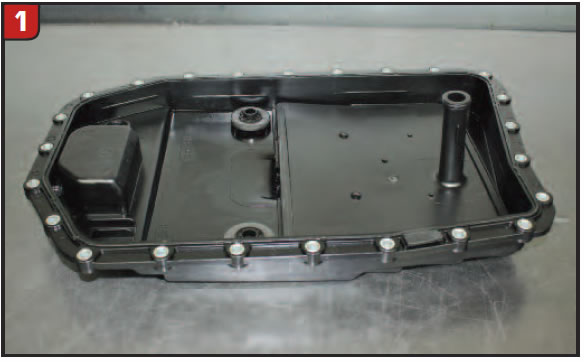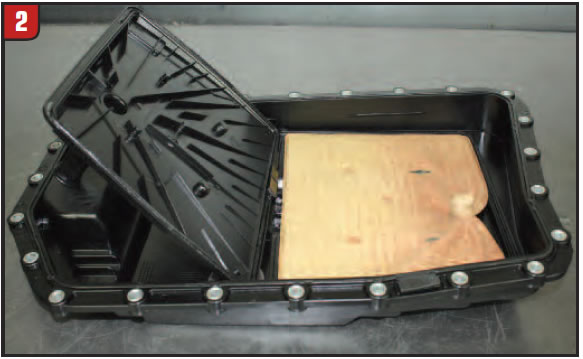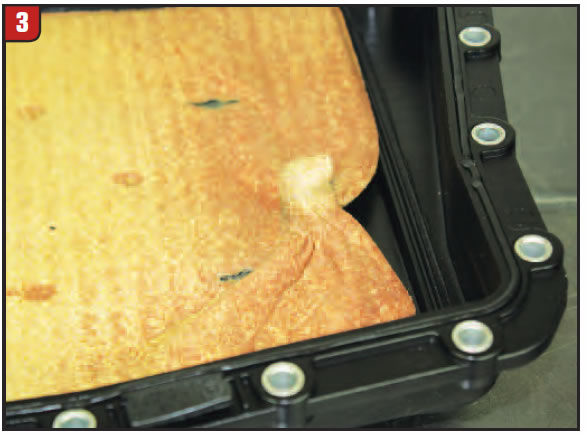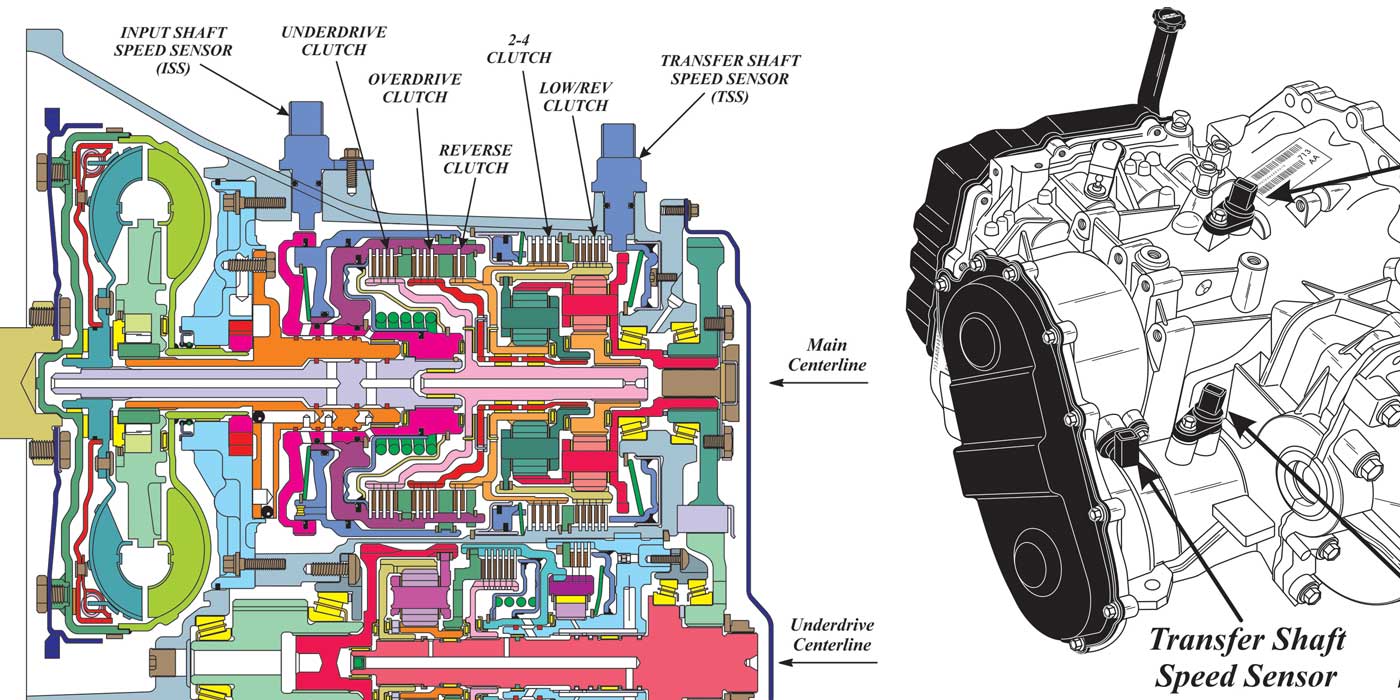
Shift Pointers
- Author: Wayne Colonna
- Subject Matter: ZF6HP
- Issue: Slight pump whine
I came to know Mario Aristides, a veteran of the transmission industry, when I began working with ATSG in 1990. A good friend of Robert Cherrnay, he had specialized in European transmissions. He provided technical assistance to ATSG with his knowledge regarding transmissions found in Mercedes vehicles throughout the ’90s and into the following decade. Well into his 70s, he is still very much active in the industry with European vehicles. Every now and again we get a call from him where he informs us of a problem he has encountered with his famous line, “You must make an issue with this!”
And such is the reason for this article.
He recently was involved in the rebuilding of a ZF6HP transmission in a BMW vehicle. When it was installed and road tested, it ran perfectly and the vehicle was delivered to the customer. A few days later it came back in a failsafe condition. A scan tool retrieved several DTCs, all related to a slipping condition. After the codes were cleared, the vehicle drove well on a road test. However, a slight pump whine type of noise was heard. When they checked passing gear, the transmission slipped and aborted to a failsafe condition. Again, slip codes were retrieved.
When the vehicle was brought back to the shop, the fluid level was checked and was found to be good. The new filter pan that was installed was removed and nothing was seen there (Figure 1). The transmission was then pulled and inspected. Again, nothing was seen there either. In fact, when we get calls like this on our technical help lines, the word that is often times used to describe the condition of the transmission is “pristine.” It doesn’t work but the transmission is in “pristine” condition. Of course, as new and as clean as it looks, that doesn’t mean it’s in good shape.


With the original failure of the transmission being related to issues with solenoid and valve body problems, the pump assembly was ruled out as the reason for the slight whining sound and slipping condition. Knowing that the fluid level was good, the new filter pan must be the cause of these problems. With the filter being integral to the pan, there is not too much that can be seen and inspected. But with a bright LED light, looking down into the suction pipe, the filter element could be seen and it looked clean. But it also looked as if it was into the pipe itself. With that, the cover of the filter was cut away and the problem was immediately discovered (figures 2 and 3). The comment was, “Oh man, doesn’t that suck!” To which there was a quick reply,

“Exactly, it didn’t suck!”

This is just another example of “new” doesn’t not always mean it’s good. What this also means is new parts cannot be ruled out as being the source of a problem after a rebuild. Typically when a new part is put in, one would expect it to be working so that possibility becomes eliminated. The diagnostic approach bypasses that possibility, and after days of not getting the problem resolved, one may circle back and put the new part back into view as the source of the problem. Of course the comment will always be, “Oh man, doesn’t that suck!”














